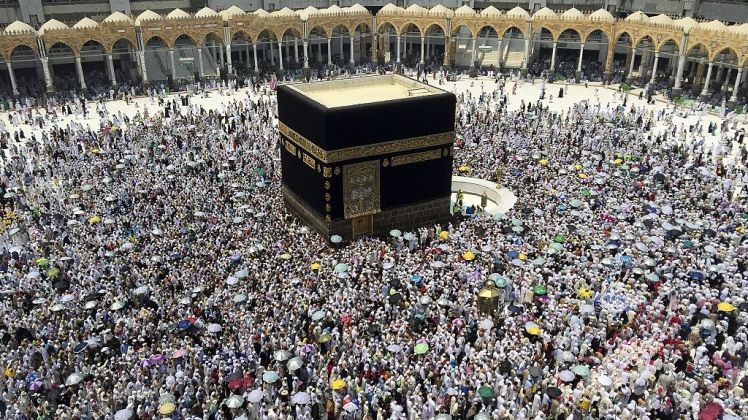More than Two million Muslims from across the globe have reached Mecca, Saudi Arabia to perform Haj, a religious duty every Muslim needs to do once his lifetime.
Iranians are back after not attending in 2016 following a deadly Mecca stampede the previous year that killed nearly 2,300 pilgrims. It was the worst catastrophe in the history of the Haj, with 464 people from the Islamic republic among the dead. Following the disaster, Tehran railed against Saudi Arabia’s organisation of the pilgrimage.
The two countries then severed diplomatic relations in January 2016 after the Saudi embassy in Tehran was ransacked by a crowd protesting against the execution in the kingdom of a Shiite religious dignitary. Analysts say that neither Riyadh nor Tehran has any wish to prolong the dispute.
This year sees the return of pilgrims from Shiite Iran, regional rival to Sunni powerhouse Saudi Arabia, and comes with the Gulf mired in political crisis and Islamic State group jihadists squeezed in Iraq and Syria.
For nearly three months, the Gulf has been embroiled in its worst ever political crisis, with Saudi Arabia and its allies facing off against Qatar, which they accuse of being too close to Iran and backing extremism. A boycott imposed on the small but gas-rich emirate since June 5 has resulted in Qatar’s land, sea and air links being badly affected.
This has also had a knock-on effect on Haj-related travel, although Riyadh announced it was relaxing certain restrictions for pilgrims.
The Haj is one of the five pillars of the Islamic faith, which every Muslim is required to complete at least once in a lifetime if he or she has the means to do so.
Must read The Five Pillars of Islam









